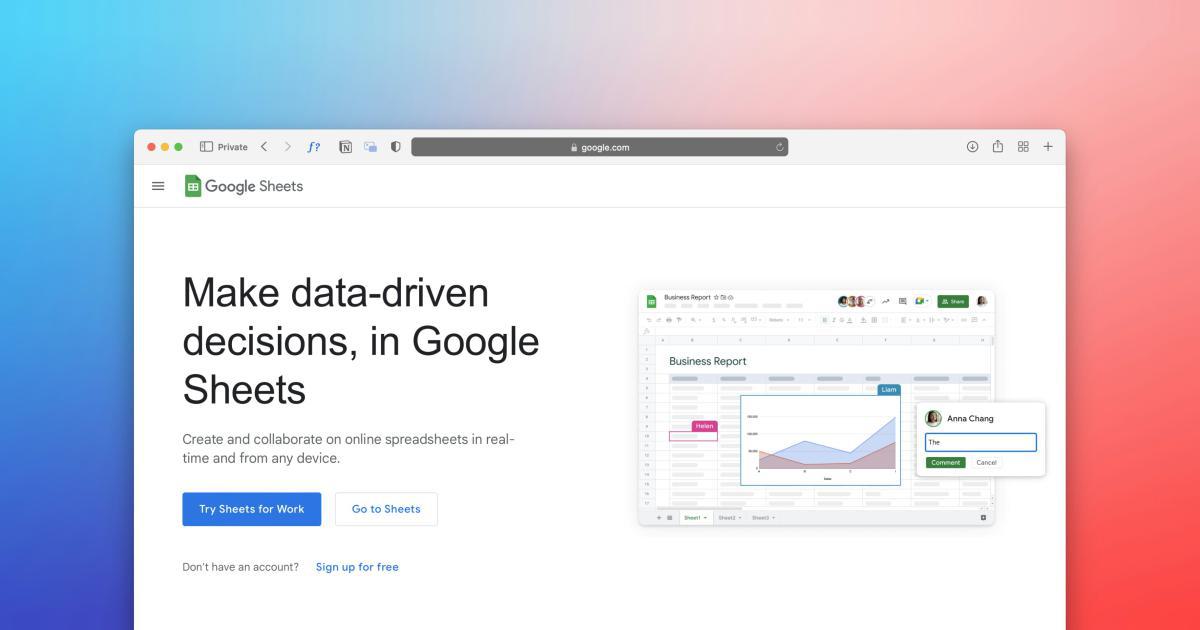Unlock The Power Of Long-Tail Keywords


Understanding the Importance of Long-Tail Keywords
In the vast and ever-evolving world of search engine optimization (SEO), the strategic use of long-tail keywords can be a game-changer for businesses and content creators. These specific, niche-focused keywords often hold the key to unlocking a wealth of untapped potential in your online presence.

Long-tail keywords are phrases that are more specific and detailed than their more general, "head" counterparts. For example, "shoes" would be considered a head keyword, while "women's black leather ankle boots" would be a long-tail keyword. These longer, more specific phrases may have lower search volumes, but they often indicate a higher level of intent and interest from the searcher.
By optimizing your content and targeting long-tail keywords, you can:
1. Improve Relevance and Visibility
When you align your content with the precise search queries of your audience, you increase the chances of your pages appearing in the most relevant search results. This targeted approach can lead to higher click-through rates and better engagement from your target customers.
2. Reduce Competition
While head keywords may be more heavily contested, long-tail keywords often have less competition, making it easier for your content to rank and stand out in the search engine results pages (SERPs).
3. Capture Niche Audiences
Long-tail keywords allow you to hone in on specific customer segments and their unique needs. By addressing these targeted queries, you can attract a more engaged and qualified audience, ultimately leading to higher conversion rates.
4. Gather Valuable Insights
Analyzing the performance of your long-tail keyword-optimized content can provide invaluable insights into the search habits and preferences of your audience. This data can inform your content strategy, product development, and marketing decisions.
Identifying Long-Tail Keywords
The first step in unlocking the power of long-tail keywords is to identify the right ones for your business or niche. Here are some effective strategies to help you discover the most relevant and valuable long-tail keywords:
Keyword Research Tools
Utilize a variety of keyword research tools, such as Google Keyword Planner, SEMrush, Ahrefs, or Ubersuggest, to uncover long-tail keyword opportunities. These tools can provide valuable data on search volume, competition, and related keyword ideas.

Customer Insights
Engage with your target audience and listen to their language, questions, and pain points. This can help you identify the specific, long-tail keywords they are using to search for solutions like yours.
Content Gap Analysis
Examine the content of your competitors and identify any gaps or underserved topics that you could potentially target with long-tail keywords.
Autocomplete and Related Searches
Observe the suggestions provided by search engines' autocomplete and related search functions. These can reveal long-tail keywords that users are actively searching for.

Industry Forums and Communities
Participate in industry-specific forums, social media groups, and online communities to understand the language and search queries used by your target audience.
Leveraging Existing Data
Review your website's search query reports, Google Search Console data, and internal site search logs to uncover the long-tail keywords that are already driving traffic to your site.

Optimizing for Long-Tail Keywords
Once you've identified the most relevant long-tail keywords for your business, it's time to incorporate them into your content and overall SEO strategy. Here are some proven strategies to optimize for long-tail keywords:
Content Creation
Produce high-quality, in-depth content that addresses the specific needs and queries of your target audience. This could include blog posts, product pages, tutorials, or other informative resources.

On-Page Optimization
Strategically place your long-tail keywords in key areas of your web pages, such as the title, headings, meta description, and body content. Avoid keyword stuffing and ensure the content flows naturally.
Internal Linking
Strengthen the relevance and authority of your long-tail keyword-targeted pages by creating a robust internal linking structure, guiding users to related content on your site.

Technical SEO
Ensure your website's technical foundation is optimized for search engines, including factors like site speed, mobile-friendliness, and structured data markup.
User Experience
Prioritize the user experience by creating content that is easy to navigate, visually appealing, and provides a seamless journey for your visitors.

Ongoing Monitoring and Refinement
Continuously monitor the performance of your long-tail keyword-optimized content and make adjustments as needed. Regularly review your search data, user behavior, and industry trends to stay ahead of the curve.
Leveraging Long-Tail Keywords Across Your Marketing Mix
The power of long-tail keywords extends beyond just your website content. Incorporating them into your overall marketing strategy can help you achieve even greater success. Consider the following applications:
Pay-Per-Click (PPC) Advertising
Target long-tail keywords in your paid search campaigns to reach highly qualified leads and optimize your advertising budget.

Social Media Marketing
Incorporate long-tail keywords into your social media posts, profiles, and advertising to connect with your niche audience and improve the discoverability of your content.
Email Marketing
Personalize your email subject lines and content by incorporating relevant long-tail keywords to improve open and click-through rates.

Content Promotion
Leverage long-tail keywords when promoting your content on industry-relevant platforms, such as guest posts, forums, and online communities.
Product Optimization
Ensure your product pages, descriptions, and listings are optimized for the long-tail keywords that your target customers are using to search for solutions like yours.

Measuring and Analyzing Long-Tail Keyword Performance
Tracking the performance of your long-tail keyword-optimized content and campaigns is crucial for understanding their impact and refining your strategy. Here are some key metrics to monitor:
Organic Traffic
Monitor the traffic driven to your long-tail keyword-targeted pages through organic search. This can help you identify which keywords are resonating with your audience.

Conversion Rates
Analyze the conversion rates (e.g., leads, sales, subscriptions) of your long-tail keyword-optimized pages and campaigns to assess their impact on your bottom line.
Engagement Metrics
Track user engagement metrics, such as bounce rate, time on page, and page depth, to gauge the relevance and effectiveness of your long-tail keyword-focused content.
Ranking and SERP Position
Monitor your pages' rankings and search engine results page (SERP) positions for your targeted long-tail keywords. This can help you identify areas for improvement and opportunities for growth.
Keyword Difficulty and Competition
Regularly assess the difficulty and competition levels of your long-tail keywords to ensure you're targeting the most viable opportunities.
Return on Investment (ROI)
Calculate the return on investment for your long-tail keyword optimization efforts, taking into account the costs, resources, and revenue generated.
Unlocking the Full Potential of Long-Tail Keywords
By embracing the power of long-tail keywords, you can unlock a world of opportunities for your business or content platform. Remember, the key to success lies in a comprehensive, data-driven approach that combines thorough research, strategic implementation, and continuous optimization.

Invest the time and resources to identify the most relevant long-tail keywords, integrate them seamlessly throughout your marketing mix, and continuously monitor and refine your efforts. This holistic approach will help you reach your target audience, stand out from the competition, and drive sustainable growth for your online presence.
So, are you ready to unlock the full potential of long-tail keywords and take your business to new heights? Let's get started!
Are You Crushing It in Internet Marketing?
Struggling to boost your online visibility and traffic? Semrush is the ultimate platform for digital marketers like you. With powerful SEO tools and competitive data insights, you can optimize your website, content, and campaigns for maximum impact.
Join over 7 million marketers already using Semrush to outrank their competitors, drive more qualified leads, and grow their businesses online. Get started today with a 7-day free trial, and unlock the full potential of your internet marketing strategy.
Unlock the Power of SEO with Semrush
Are you struggling to boost your online visibility and drive more traffic to your website? Semrush has the solution.
Our comprehensive platform offers advanced keyword research, competitor analysis, and SEO audits, empowering you to optimize your content and outrank your competition.